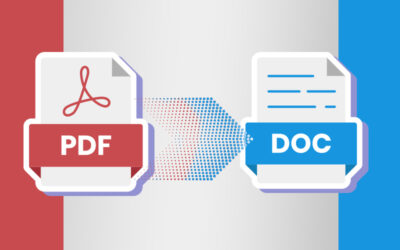XML or Extensible Markup Language is a language that sets down the rules encoding documents for sharing across the Internet. XML allows information to be shared, modified, and accessed across multiple platforms.
In health care sector, electronic health records stored as XML files allow easy transfer and sharing of health care data. Medicare, Medicaid and health insurance files of any size can be converted to specific file formats. ChartWare, a medical chart shared by doctors, is yet another application of this markup language.
XML is ideal for building a web content-management solution as the content thus developed can be recombined to create customized content. XML has various applications in electronic publishing or e-publishing. Inputs are often made available in non-editable format as handwritten manuscripts, scanned images, pre-printed books, and PDF files. These inputs are converted to soft copies using data conversion methods. This soft copy is then converted into XML format based on the specific requirement. Such kind of conversion in e-publishing allows publication with the help of style sheet language such as Cascade Style Sheet and Extensible Style Sheet.
Different conversion formats include:
- Document to XML
- HTML to XML
- PDF to XML
- SGML to XML
- Text to XML
- Word to XML
XML conversion offers many benefits
- Improved efficiency with standardized representation of all information
- Allows data to be reused at any point of time
- Superior archiving and retrieval capabilities
- Portability across different platforms
- Excellent way to store and describe data
- Easy to read and understand documents
- Extensible and versatile
- Globally acceptable format
- Can represent complex data structures
XML conversion can be done either in-house or outsourced to a third party, which is a more feasible option. The reason is that the xml document conversion process involves requires cumbersome tagging processes and can be tedious and complex. Time and expense can be saved by allowing a professional document conversion company. Professional firms have latest technologies and expert professionals to complete the task in quick turnaround time.



